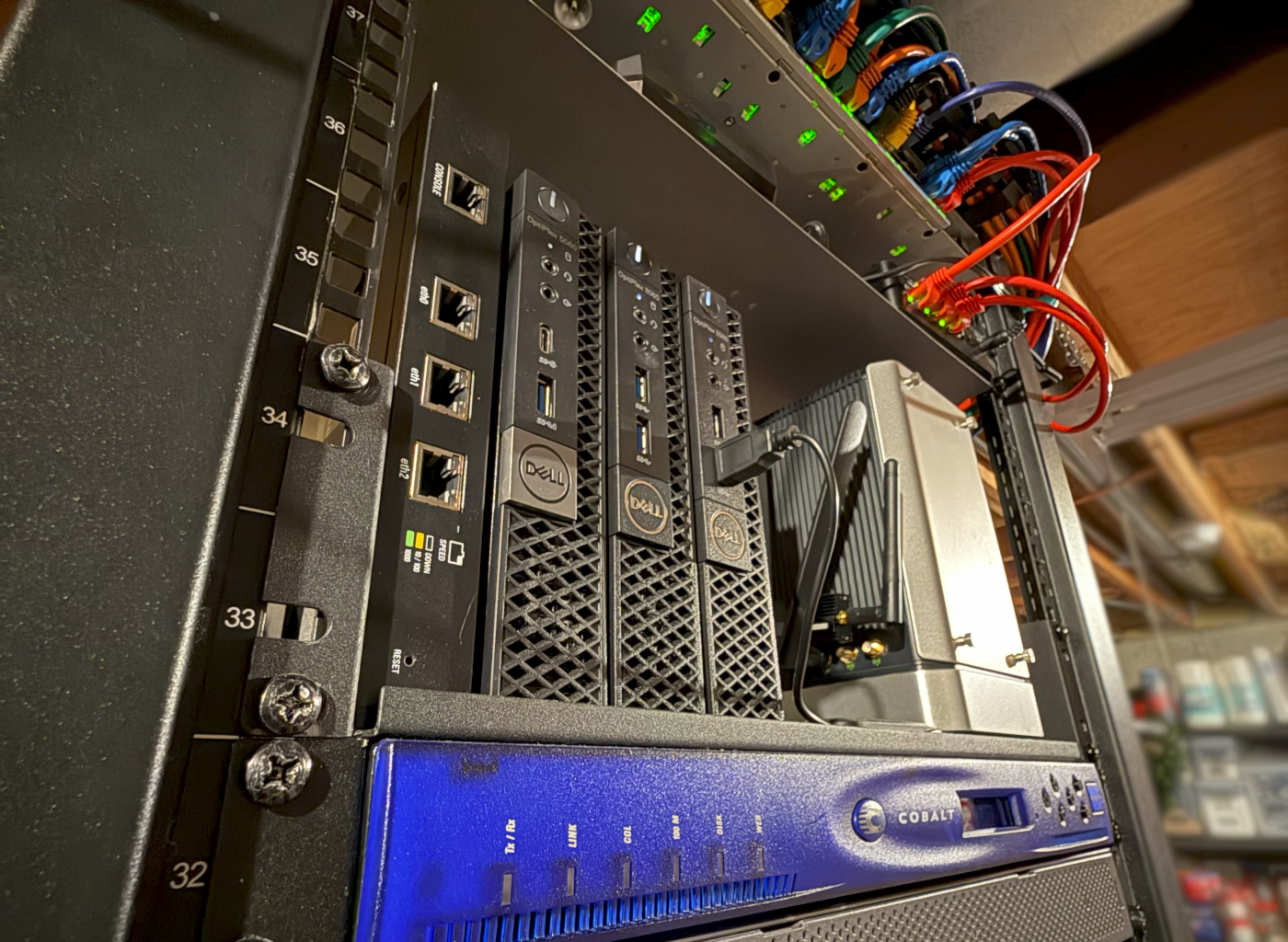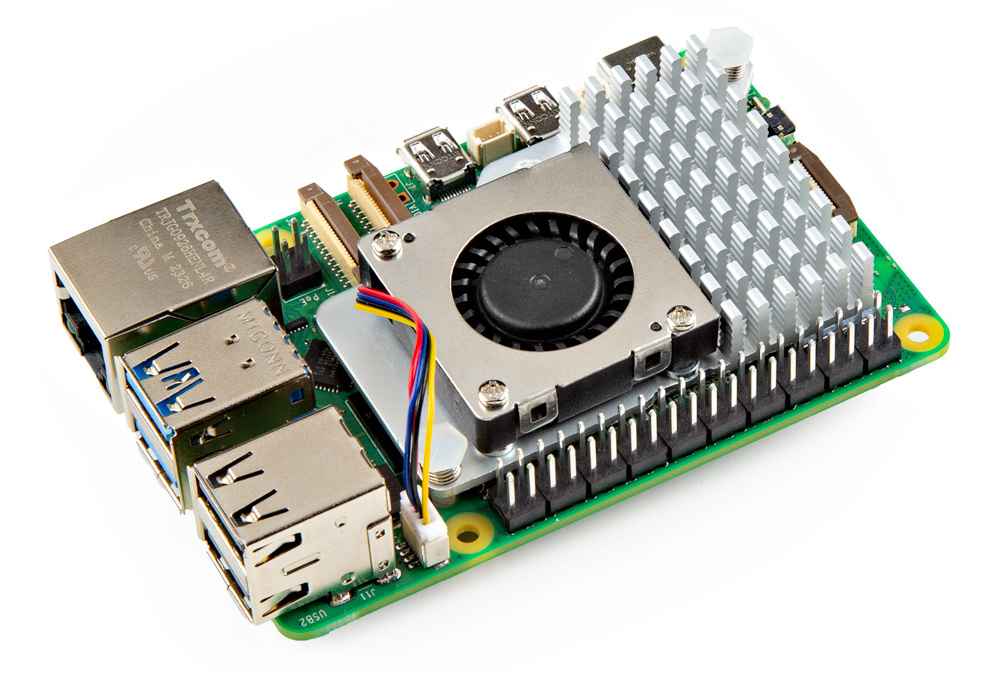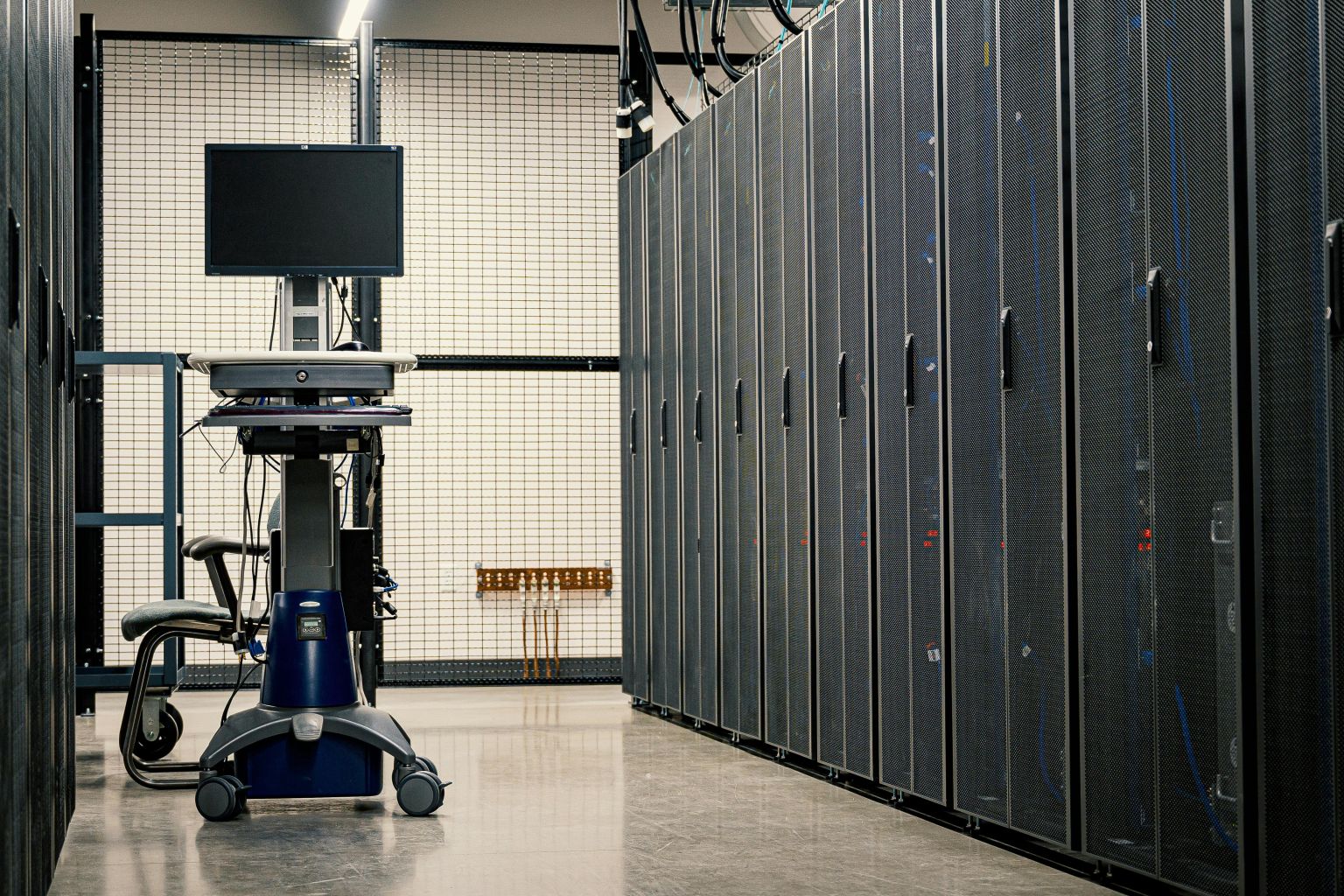Almost four years ago (agh!) I published What’s In My Lab, an overview of the systems and software I use at home for my own personal infrastructure. You might think that at a certain point you achieve some kind of serenity, and the desire to modify or expand is sated. Hah! Guess again.
What’s In My Lab Now, 2024 Edition



